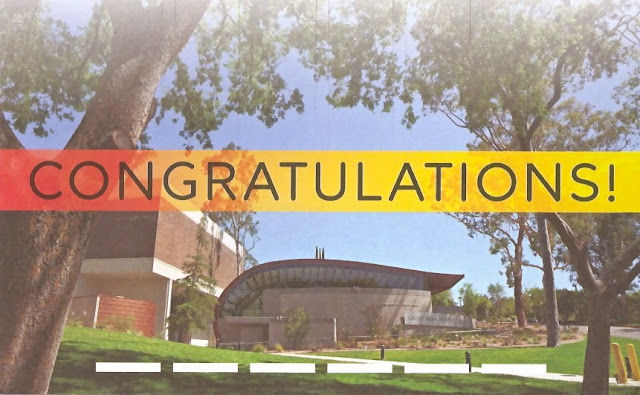
I’ve been planning to write a post about
CalArts and its character animation program for a while now and I’m really
happy to finally share some thoughts about it here on this blog!
I first learned about the school when I was
writing a history-research paper on the Walt Disney Animation Studios in high
school. Once I knew about the program and how Walt Disney initiated it as a
place to train artists, the idea of attending slowly started building in my
mind. I have always wanted to be an animator, but it never seemed like a
tangible dream. I finally decided to attend the CalArts Summer Session to see
what it was all about and after that, I was hooked. I knew I had to do everything in my power to get into CalArts!
Luckily, I was accepted, and within a year
I was a student walking the halls and attending the Friday Night Guest Lectures
– all of which I had only dreamed of doing!
 |
 |
| Friday Night Guest Lecturer Glen Keane! |
I know there are many artists around the world
preparing their applications for CalArts right around this time of year.
Are you asking yourself, "how do I get into CalArts?"
If the answer is yes and if you have, like me, fallen in love with CalArts, I would like to share with you the things I considered as I was making my portfolio and sketchbook. While there isn’t one formula for getting into CalArts, I believe hearing about another person’s experience might prove helpful.
If the answer is yes and if you have, like me, fallen in love with CalArts, I would like to share with you the things I considered as I was making my portfolio and sketchbook. While there isn’t one formula for getting into CalArts, I believe hearing about another person’s experience might prove helpful.
Sketchbook
The concept of a sketchbook was relatively
new to me. I had been sketching about in various sketchbooks from real life for
about a year before my application. Once I knew that I was applying to CalArts,
I started seriously making time to sketch, and I had around four “practice”
sketchbooks before I started my final sketchbook for submission.
I got a small sketchbook that
could fit into a bag and come on-the-go. Since most of my sketches in it were observations from cafes and the Zoo, I think having a bigger sketchbook would have been impractical. The small sketchbook was also meant as a gesture in itself -- to show CalArts that I am able to take it with me everywhere and draw at any time.
My sketchbook was the Strathmore Toned Tan
50 sheet version, bought in Michael’s.
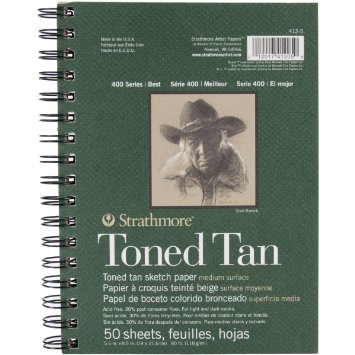
Many people also use moleskins as their
preferred sketchbook. In either case, it was important for me to choose a good-quality
sketchbook. In my mind, it shows CalArts that I care. In the end, though, you
just have to choose a sketchbook you feel good about and like!
My sketches were made with Sakura Pigma
Micron Pens, Faber Castell and Staedtler Pigment Liner sketch pens, as well as
a 2HB pencil and a white pencil for the toned paper.
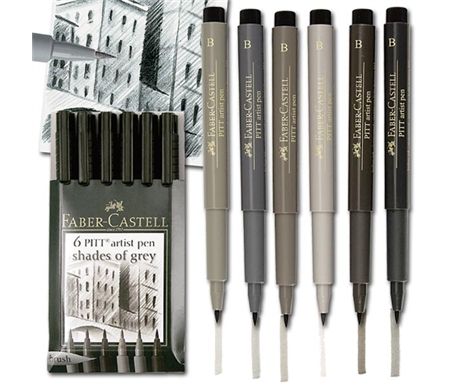
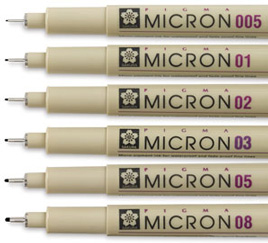
When I first started to sketch in it, I made the mistake of choosing to draw on random pages throughout the sketchbook. I wasn't filling it up chronologically. The reason was that I felt I wasn’t good enough to start “the”
sketchbook yet and needed to hide away the first few pages throughout. I don’t
know what prompted me to wake up, but I suddenly realized it would be better to
fill it up chronologically, so that anyone looking through the sketchbook can
look at my progress – after all, that is the point of a sketchbook! I sketch to
get better and improve. Luckily, I realized this rather quickly, so I didn't have to start over and get a new sketchbook.
I decided to make the cover unique so that
anyone picking the sketchbook up could recognize and remember it. I took off the standard cover and replaced it with a red cover and dedicated the first
page just to my name, in bold letters. I drew mandalas all around my name,
something I’ve been drawing since I was about thirteen, before I knew they were called mandalas. It feels very personal to me.
I wanted my sketchbook to show that I
practice a variety of things. There are observational sketches of perspective and people, as well as animals. There are also character designs and compositional
studies from movies.
For my observational sketches, I found it
important to sketch things that are moving. I would draw the animals that move
around the most in the Zoo, and I would draw people standing up, walking, or
having conversations in populated places.
Portfolio
I wanted my portfolio to showcase a variety
of subjects, as well as various media and tools. I had story-boards,
perspective drawings, pastel drawings, ink drawings, charcoal drawings, and an
animatic (story-board put together in Final Cut Express with added sound and
recorded voices).
As well as story-boards and observational
drawings, I also included figure-drawings that showcase movement, mass, weight
and proper understanding of forms. To this end, I went to figure-drawing
classes once a week for about three months.
For these classes, I used a big 18x24 white
paper Strathmore drawing pad, and sometimes colored paper. I
also used a Prang charcoal pencil soft and Nupastels for coloring.
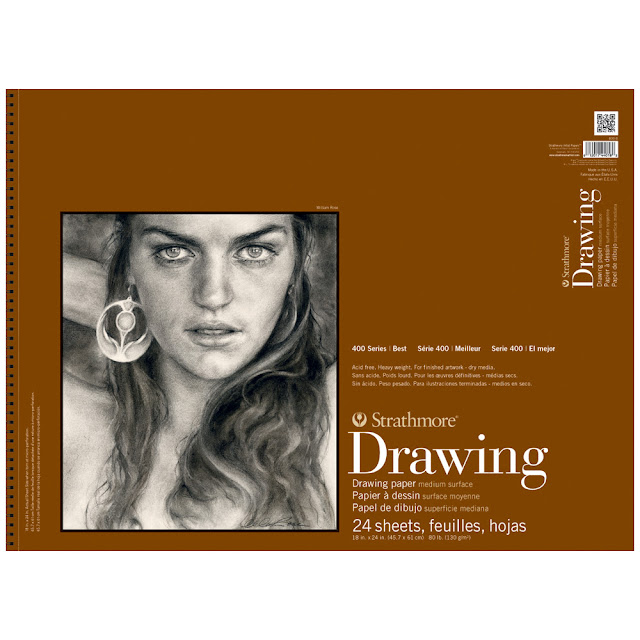
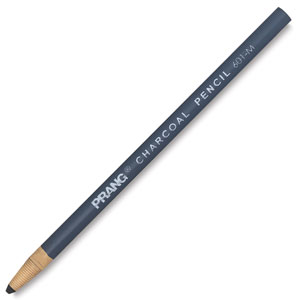
For me, the presentation of my portfolio
was really important. I wanted the individual drawings to be clearly visible. For instance, I
had one big drawing with ten bicycles and many small details. Unfortunately, the judges of the CalArts application are not able to zoom in on portfolio pieces. Consequently, I decided to break up my drawing into smaller
parts to make sure the judges really saw my drawings.

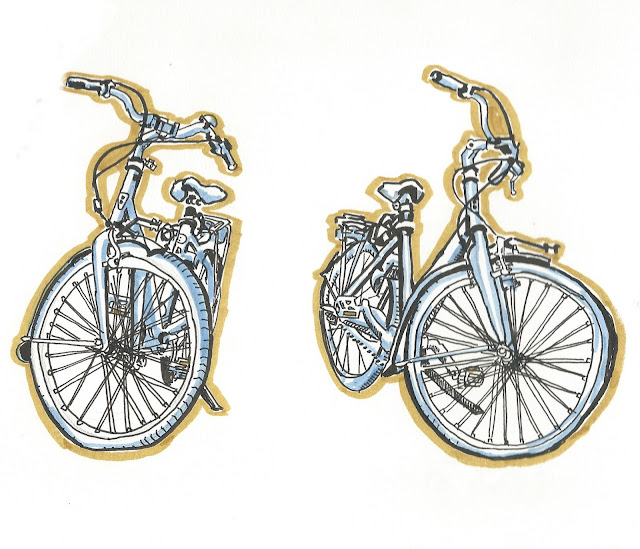
On that same note, I think the quality of an image
is really important. I decided to scan the drawings that were made with traditional media.
My drawings were too big for the scanner, so I used Photoshop to put together
the individually scanned pieces in the computer.
To do so, I used the “Photomerge” option in
Photoshop.
Finally, I believe the CalArts application
process is an opportunity for you to be quirky – to be unique! Above all, CalArts
wants to see who you are and how you are different from all the rest. Please don’t
copy other people’s styles! Teachers at CalArts have explained to me that there are students who have had amazing applications but who have been denied, because the drawing style looked "too much like everyone else's."
Also, once I got in the application, I continued
to draw in the Spring. I knew that if I did get in, I would be going to school
with some of the best artists in the world. Getting into CalArts was really just the beginning!
 |
| At the 2015 CalArts Producers' Show. |
That’s all, folks! Hope you found it
helpful to read these tidbits of information! Work hard, have fun and good luck!